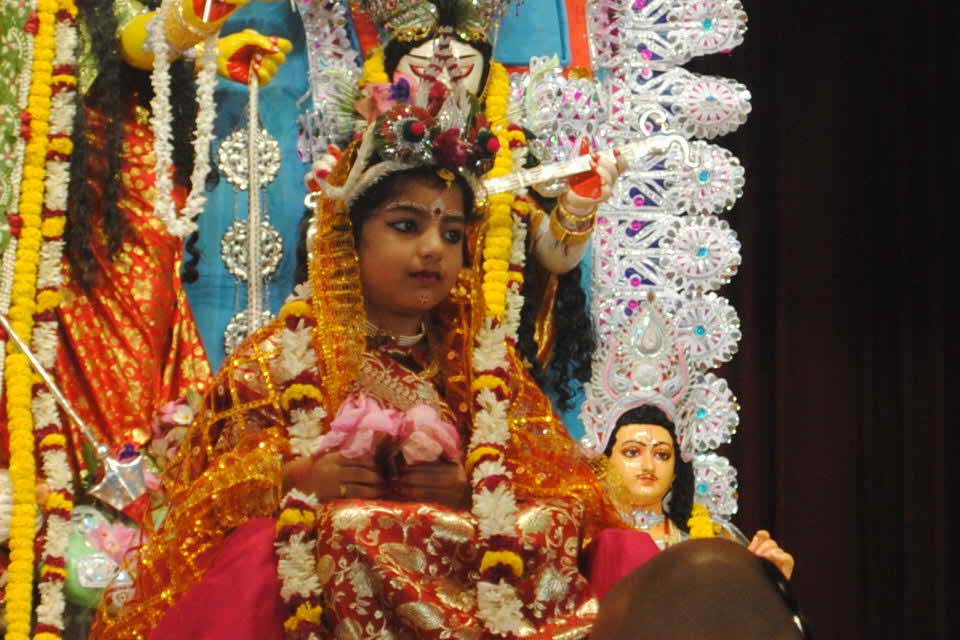 Speed, smarts, and the heart of a champion: using genomic analysis, scientists have identified DNA changes that helped turn ancient horses such as those in prehistoric cave art into today’s Secretariats and Black Beautys, researchers reported Monday.
Speed, smarts, and the heart of a champion: using genomic analysis, scientists have identified DNA changes that helped turn ancient horses such as those in prehistoric cave art into today’s Secretariats and Black Beautys, researchers reported Monday.
Understanding the genetic changes involved in equine domestication, which earlier research traced to the wind-swept steppes of Eurasia 5,500 years ago, has long been high on the wish list of evolutionary geneticists because of the important role that taming wild horses played in the development of civilisation.
Once merchants, soldiers and explorers could gallop rather than just walk, it revolutionised trade, warfare, the movement of people and the transmission of ideas. It also enabled the development of continent-sized empires such as the Scythians 2,500 years ago in what is now Iran.
It was all made possible by 125 genes, concluded the study in Proceedings of the National Academy of Sciences.
Related to skeletal muscles, balance, coordination, and cardiac strength, they produced traits so desirable that ancient breeders selected horses for them, said geneticist Ludovic Orlando of the Natural History Museum of Denmark, who led the study. The result was generations of horses adapted for chariotry, pulling plows, and racing.
Genes active in the brain also underwent selection. Variants linked to social behaviour, learning, fear response, and agreeableness are all more abundant in domesticated horses.
– See more at: http://www.bd24live.com/article/7111/index.html#sthash.U0ofwjFO.dpuf



